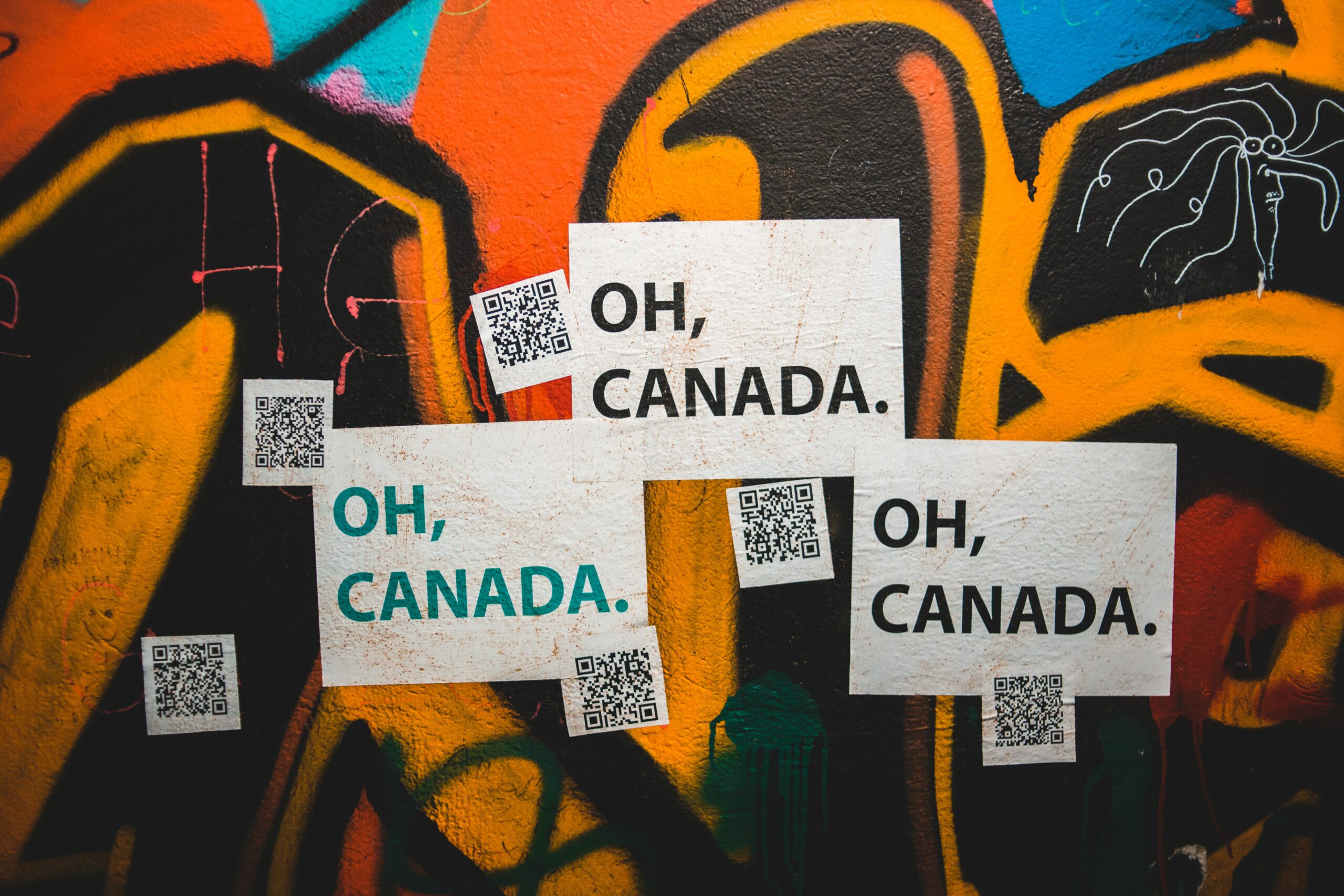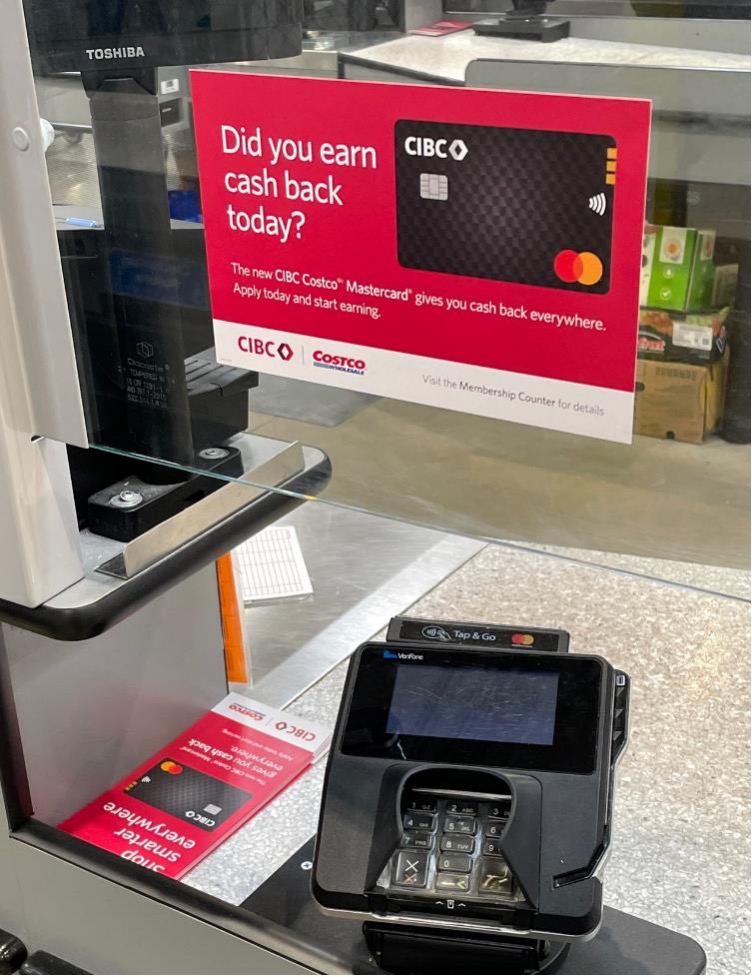Why Print Media Still Matters in the Digital Age
Print media and digital media are consistently seen as competitors but when combined, they can be more effective in engaging with consumers during online and offline activity.

Who else is weary of the age-old debate: “Is print advertising really dead?” As we reflect on the previous three years, I think we’ve not only realized that print is surviving, but it is actually thriving! The question has now shifted into something pragmatic; “How can we utilize print media to complement the digital age?” Print media and digital media are consistently seen as competitors but when combined, they can be more effective in engaging with consumers during online and offline activity. This, plus other aspects of print are what we will address in this blog post – why not print off this article now and get ready! 😉
2020, the year print saved technology?
The COVID-19 pandemic shifted an already predominant virtual world into a predominantly digital way of living. With this societal shift, print advertising declined by almost 10% in 2020, and will most likely feel the repercussion for years to come with a trajectory of almost -5% this year (2023). So yes, print took a hit. However, the pandemic found a new demand for the industry through the resurgence of QR codes, growing 300% from 2017. Every small business needed a poster for customers to be able to do their COVID-19 screenings . A once dying technology was saved by print. I think this is when advertisers, myself included, realized print can be utilized as a catalyst for our digital tactics.

The Modern Print Resurgence
With the resiliency of print, it has proven to be a medium that can be adaptable through adversary. Every year, new trends are being formulated to meet the demands of our ever-evolving consumerism landscape. We see this among trends like direct mail and Variable Data Printing (VDP), sustainable product packaging, and as previously mentioned the comeback of QR codes. VDP has revolutionized the use of direct mailers, as our consumer market demands more and more personable marketing. VDP allows print media to utilize data similar to targeted digital ads, by customizing images, text, and graphics based on the customer so it can increase their engagement with the medium. VDP has proven to increase customer engagement by 1000% by utilizing only a few elements of personalization.
Another trend we now see is environmentally conscious print media. The trend of sustainability has altered package designers’ approach, with 67% of consumers saying it’s important that products they purchase be packaged in recyclable material. Product packaging is now designed with recyclability, and biodegradability in mind. So, therefore, the revolution infiltrates even the foundation of print media – the materials from which it is made.

Filling the Gaps that Digital Creates
Since it has been proven that print advertising can still succeed in engaging the modern consumer, advertisers should consider three key advantages of print media before deciding on a digital-only campaign.
First off, approximately 82% of consumers trust print advertising compared to their digital counterparts. This comes to no surprise during the age of “Data Breaching,” “Metaverse Conspiracies,” and not too long ago, Donald Trump’s “Fake News” fiasco. Print media provides the consumer with a break from spam emails, pop-up ads, and limits distractions from other ad displays since it was reported that 42.7% of global internet users use ad blockers.

The second advantage of print is accessibility. Print can be accessed in multiple ways; like in a physical sense for consumers with visual impairments. Over 8 million Canadians are living with one of the four major eye-blinding diseases. To alienate those people would be a mistake. Print is also accessible in an economic sense for consumers with limited or no internet access, with 3.5% of the population remaining offline. While sounding small, that equates to 1.34 million viable consumers that advertisers are choosing to ignore. Lastly, print is accessible in a generational sense with its ease of use amongst various age groups, especially seniors. By 2030, seniors will make up 23% percent of the population, a total of 9.3 million.
With the advantages of print, it’s not to say it’s ‘better’ than digital advertising, but it does possess its own unique benefits that can help fill the gaps that digital creates in an integrated ad campaign.

Providing a break from the digital world
Ultimately, we’ve learned that print is not dead. In fact, it’s alive and well! The reality is that living in the modern world forces us to spend increasing amounts of time on screens, which either desensitizes or aggravates consumers to online advertisements. The ever-evolving existence of print media provides a break for consumers from the digital world and makes them feel as if your brand is connecting with them on a more human level.

